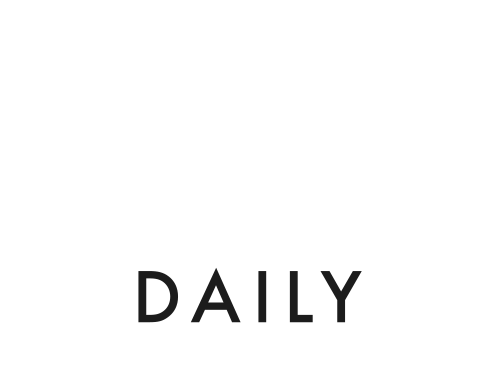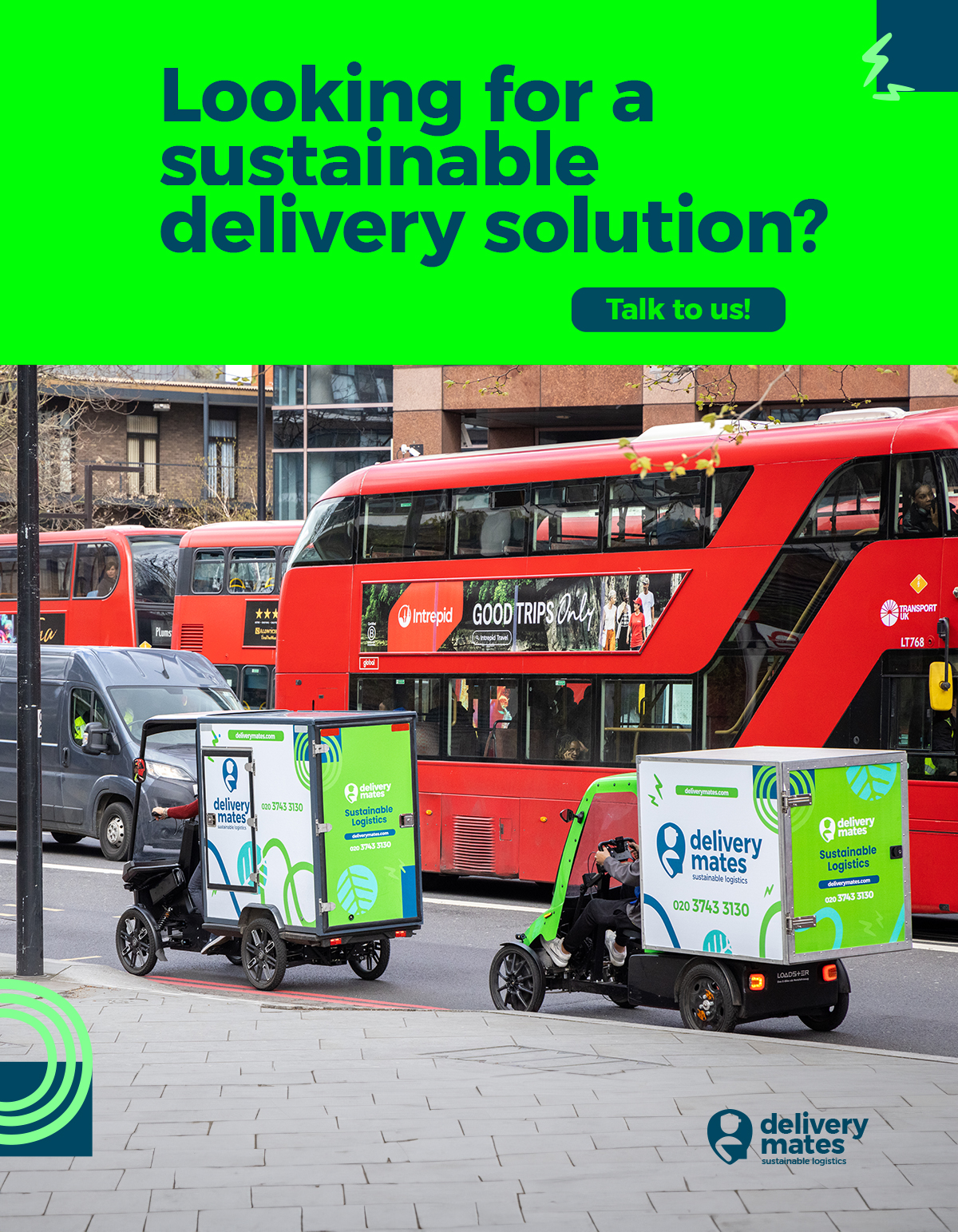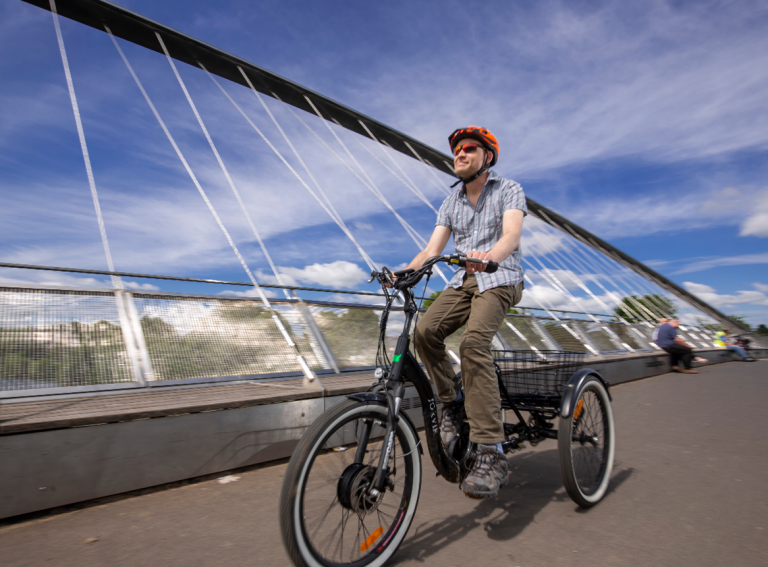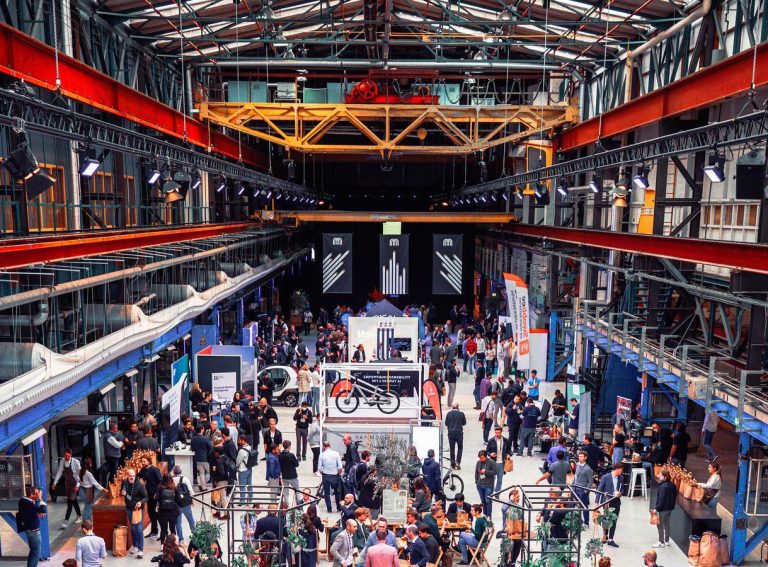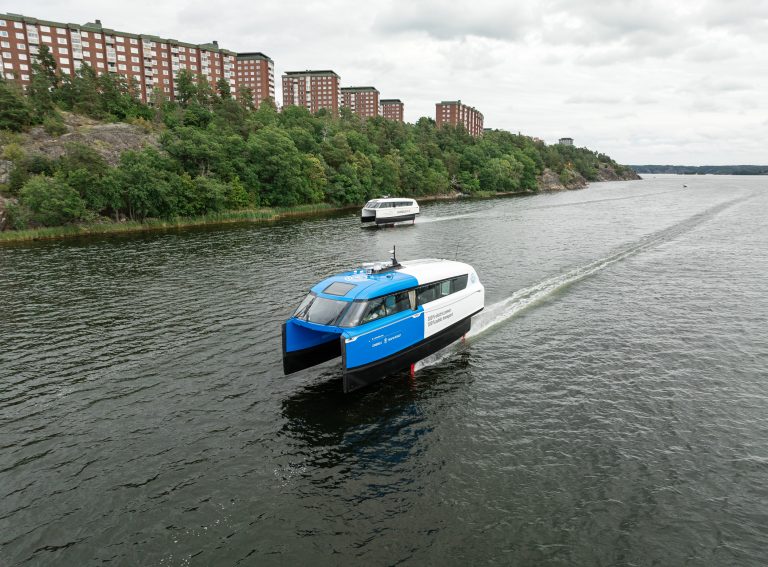Image Credit: Seb Doe, Unsplash
London has been ranked Europe’s slowest-moving city in 2024, according to TomTom’s annual Traffic Index.
Spanning 737 billion kilometres of worldwide trip data, the Traffic Index found that the average time it takes to travel 10 kilometres in the UK capital is just over 33 minutes. This translates into a world-ranking of being the fifth slowest city out of a total 500 analysed by the location technology company TomTom.
The finding comes hand-in-hand with data from transport analytics company Inrix which revealed London to be the most congested city in Europe for the fourth consecutive year.
“After three years running, it’s unsurprising London has landed the top spot as the most congested city in Europe for the fourth year in a row. The Londoners who sat in traffic for an average of 101 hours per driver in 2024 will be quick to share their stories of traffic jams, delayed journeys and missed appointments due to journey times in the capital,” Antonia Jennings, CEO of the nonprofit Centre for London, told Zag Daily.
The 101 hours spent stuck in traffic is a 2% increase from 2023 according to Inrix, and the capital accounted for approximately 50% of all UK traffic delays in 2024.
TomTom’s Traffic Index found London’s average congestion level in 2024 rose by 3% from the previous year to 32%. In line with this, the average speed of London drivers was 18 kilometres per hour – 0.4 kilometres per hour slower than in 2023.
“There are a number of reasons for the levels of congestion we see,” Antonia said. “Roadworks are a key reason for slower moving traffic, particularly when they block key routes through, into, or out of the capital. This is in part because the UK has some of the safest roads in the world – where repairs are taken seriously to prevent accidents.
“There are, however, causes of congestion which require policy change. London has the most expensive public transport in Europe according to Clean Cities. Tube and rail fares are set to rise a further 4.6% on 2 March which will exacerbate the issue. With Transport for London facing an ongoing funding crisis post- pandemic, the government needs to step in to ensure public transport is an affordable option for Londoners.”
Antonia also said that policy is needed to combat increasingly larger cars which are contributing to congestion and pollution in the UK capital. She calls for “more aggressive policies” to de-incentivise driving large vehicles in London to free up more road space, free up parking spaces, and ensure the safety of drivers and pedestrians.
Furthermore, Antonia argues for a clearer system of charging road-users who drive through the capital.
“Congestion and air pollution have a clear cause – private cars on the road.
“We currently have a confusing system, with multiple charges placed on private car use including congestion, ULEZ and – with the opening of the new Silverton tunnel – tolls. We need a more progressive system, which factors in car-size, vehicle type and the time spent driving. While it seems the Mayor has taken it off the cards for now, we urge both regional and the national government to consider the power road-user charging could have in transforming the capital and the nation’s transport system.”
In response to Inrix’ findings, a spokesperson for Transport for London said: “We are committed to making sure Londoners can move around the capital as safely, sustainably and efficiently as possible. We support the movement of everyone across London and our investment in walking, cycling and public transport is making it easier to choose sustainable ways of travelling, helping to cut congestion.
“Our network includes some of the busiest roads in the country and we continue to invest in world-leading programmes to make sure roads are used as efficiently as possible. We completed the first stage in delivering a major upgrade to London’s traffic signal system last year and continue to operate our pioneering Lane Rental scheme to minimise the impact of roadworks on Londoners, alongside investment in other measures to improve bus journey times for everyone.”
Further findings from TomTom
A reduction in the average speed of drivers is not unique to London. On the contrary, TomTom’s Traffic Index revealed that 76% of cities experienced a decrease in overall average speed compared with 2023.
However in most cities, average speeds during free-floating traffic remained stable or even slightly improved. This suggests that the observed decrease to average speeds is likely caused by dynamic factors affecting congestion, such as peak times and road closures, rather than by static factors like road infrastructure.
On the worldwide scale, the Colombian city of Barranquilla ranked first for having the lowest speed with an average of 10.3 miles per hour. This means taking nearly 35 minutes to travel six miles (9.6 kilometres).
In between Barranquilla (ranked as the world’s slowest city) and London (ranked fifth) are three Indian cities. These are: Kolkata, Bengaluru and Pune.
